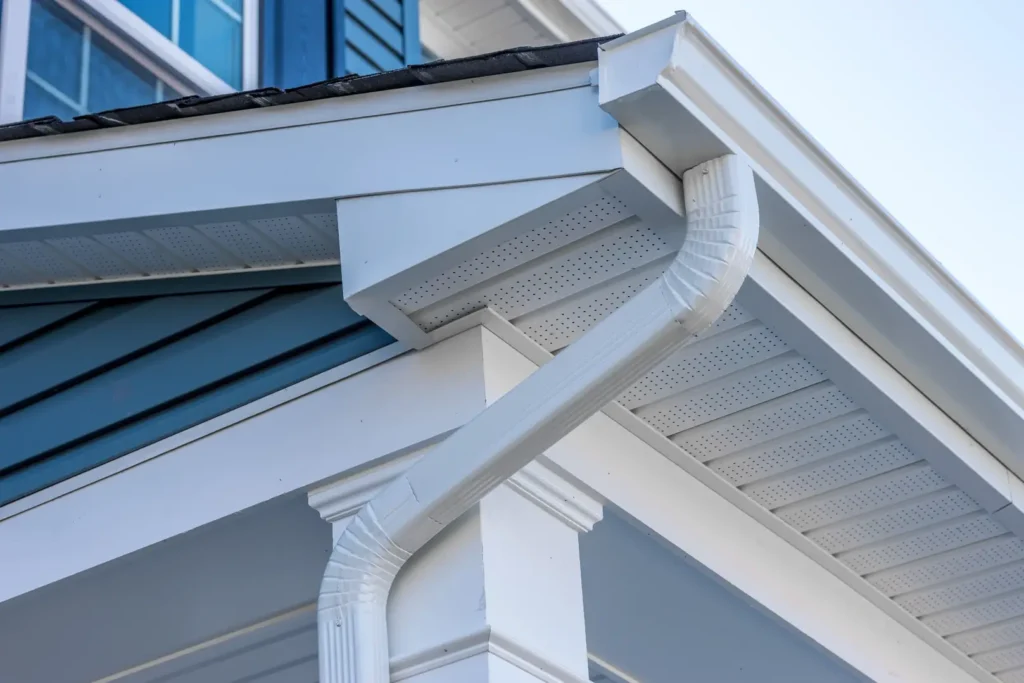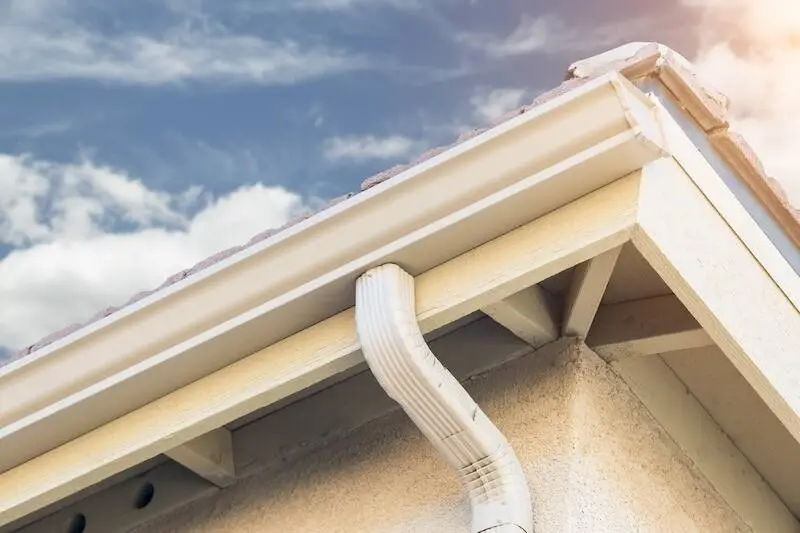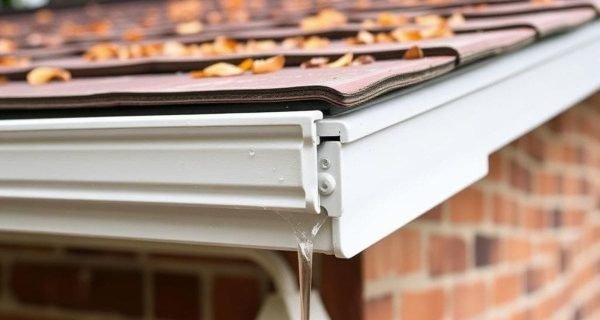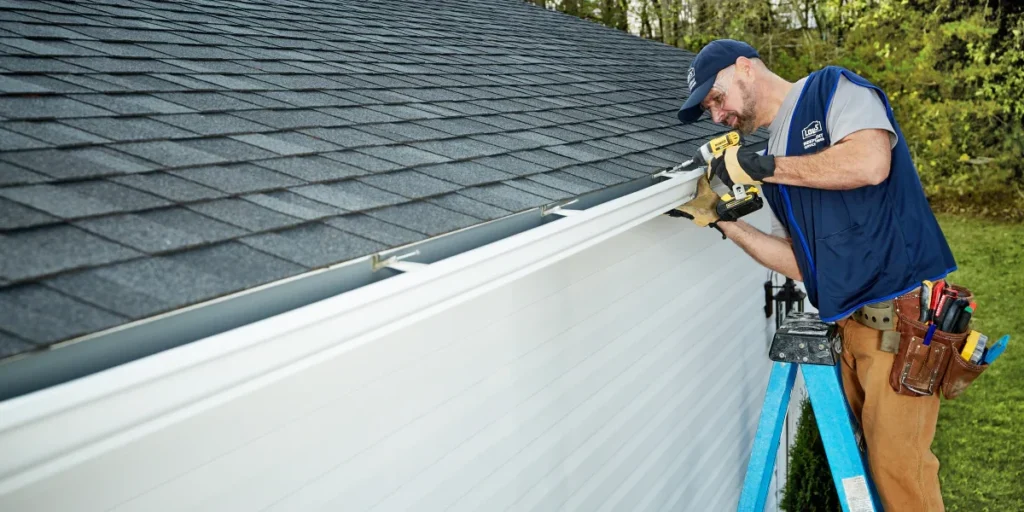- 022 315 8987
- info@myhomesconstruct.co.nz
Loose gutters can lead to serious water damage—learn how to install gutter hangers like a pro! Gutter hangers are essential components that ensure your gutters remain securely attached to your home’s fascia board, preventing sagging, leaks, and water overflow. Without proper support, gutters can pull away from the house, leading to costly repairs and potential structural damage.
In this ultimate guide, we’ll walk you through everything you need to know about how to install gutter hangers , from choosing the right type to securing them properly. Whether you’re a homeowner looking to tackle a DIY project or a professional seeking expert tips, this guide will help you achieve optimal results and protect your home’s foundation. Let’s dive in!


Gutter hangers provide the necessary support to keep gutters firmly attached to the fascia board, even under the weight of heavy rainwater, snow, or debris. Without proper hangers, gutters can pull away from the house, leading to costly repairs. Over time, loose gutters can cause water to seep into your home’s foundation, walls, and basement, creating mold, rot, and other structural issues.
A homeowner in Michigan ignored sagging gutters until one winter storm caused them to collapse under the weight of ice. After installing heavy-duty hidden hangers, their gutters remained secure and functional year-round. This simple upgrade saved them thousands in potential water damage repairs.
For every 10 feet of gutter, aim for a slope of 1/4 inch to direct water effectively. Proper slope ensures water flows toward downspouts, reducing the risk of pooling and overflow.
Sagging gutters disrupt the slope needed for efficient water drainage, causing water to pool and eventually overflow. This can lead to water damage on walls, windows, and foundations. Additionally, overflowing gutters can erode soil around your home, damaging landscaping and weakening the foundation over time.
A contractor in Texas noticed that homes with properly spaced and installed hangers experienced fewer gutter-related issues over a 5-year period compared to those with poorly supported systems. Homes with improperly installed hangers often required frequent repairs, while those with reinforced systems remained trouble-free.
Install additional hangers near downspouts and corners, as these areas experience higher water pressure and stress during heavy rainfall.
By reducing stress on gutters and preventing damage from improper alignment, hangers help extend the lifespan of your gutter system. Regular maintenance combined with sturdy hangers ensures your gutters remain in top condition for years. Investing in quality hangers upfront saves money on repairs and replacements in the long run.
Hidden hangers, when paired with seamless aluminum gutters, offer superior durability and aesthetic appeal. Their sleek design minimizes visibility while providing unmatched strength.


Use stainless steel or galvanized screws and hangers to resist rust and corrosion, especially in humid or coastal climates. These small upgrades significantly enhance longevity.
If you live in an area with frequent storms or heavy rainfall, consider adding extra hangers near downspouts and corners for additional support. This prevents sagging and ensures efficient water drainage.
Skipping the slope measurement can result in water pooling and eventual overflow, leading to water damage. Always verify slope with a level before proceeding.
If the fascia board is damaged or rotting, repair or replace it before installing hangers to avoid future issues. Rotting fascia boards compromise the entire gutter system.
Inspect hangers annually for loosening or rusting, and tighten or replace them as needed to maintain optimal performance. Regular maintenance extends the life of your gutter system.


For multi-story homes, consider hiring a professional to ensure proper installation and safety, as working at heights increases risk. Professionals have the tools and expertise to handle complex installations efficiently.
Installing gutter hangers is a crucial step in maintaining a functional and durable gutter system. With the right tools, materials, and techniques, you can ensure your gutters remain securely attached, preventing costly water damage and extending their lifespan.
Ready to get started? Gather your tools and materials today to begin reinforcing your gutters. For complex installations or multi-story homes, don’t hesitate to consult a professional contractor. By following this guide, you’ll enjoy peace of mind knowing your gutters are properly supported and ready to handle whatever weather comes your way.
WhatsApp us